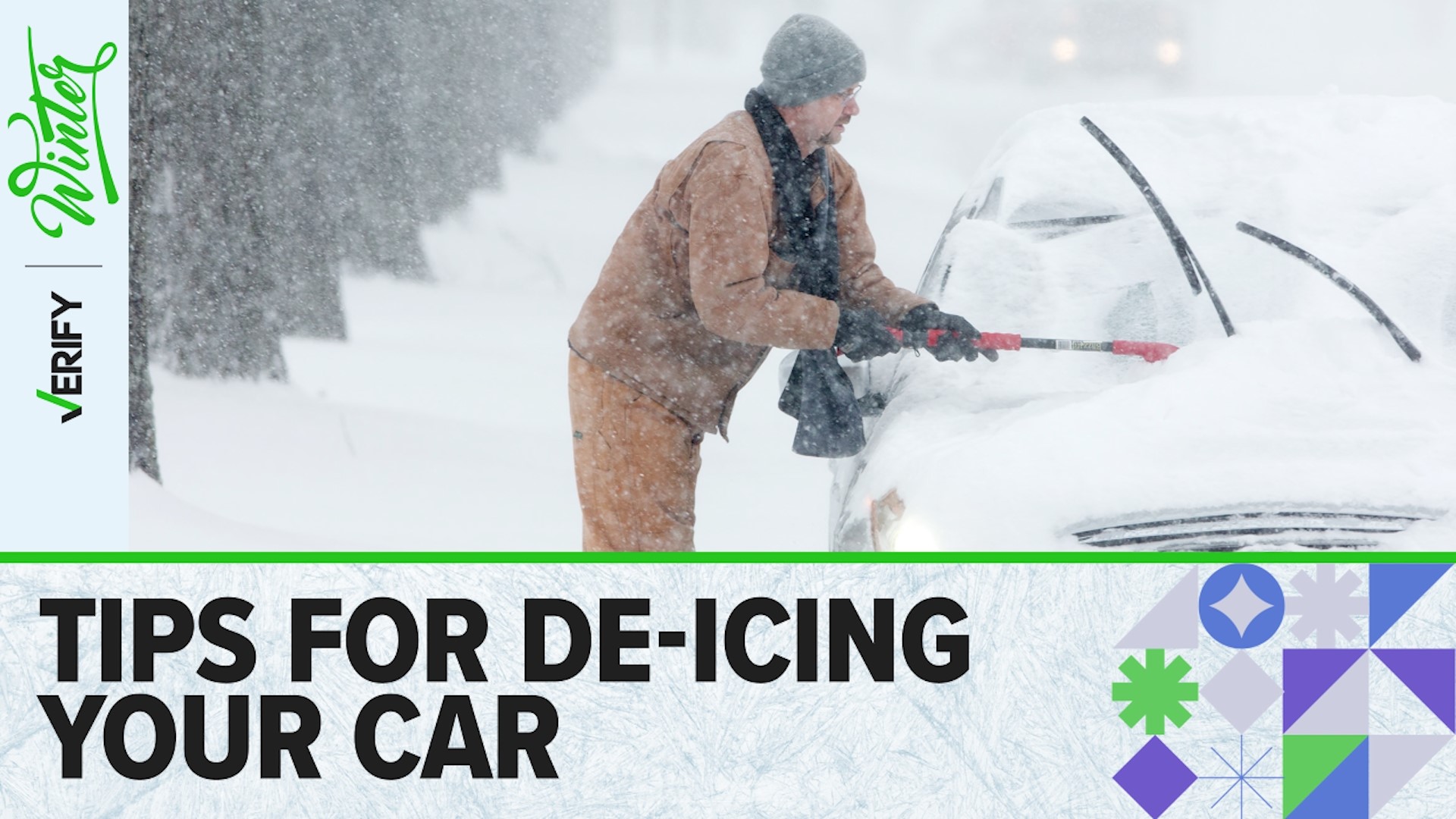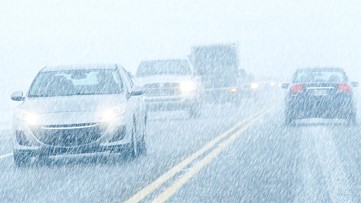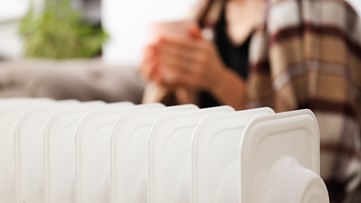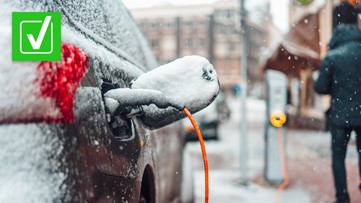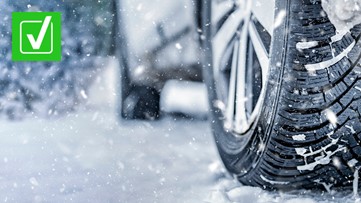Anyone who has lived in snowy conditions knows snow can pile up on and around cars parked outside, trapping vehicles and posing a safety hazard if not properly cleared before driving.
Tips have been circulating online for years claiming there are certain “hacks” to de-ice your windshields – like with vinegar or hot water. A VERIFY viewer also texted to ask us if they should raise windshield wipers to keep them from freezing.
While some people may have at-home tricks they use to clear snow or ice in the winter, VERIFY fact-checked that you shouldn’t do these three things:
THE SOURCES
- AAA
- Rochester Mazda, a dealership based in Rochester, New York
- Stable Vehicle Contracts
- Progressive insurance
- State Farm insurance
- 1A Auto, an auto-repair company
- Batteries Plus, a retail chain
- Performance Honda, a dealership in Fairfield, Ohio
- Auto Glass Express, an auto glass repair shop based in the Minneapolis-St. Paul area
WHAT WE FOUND
1. Don’t use hot water or homemade solutions to clear snow or ice from your car
Pouring hot water over snow or ice might seem like an efficient way to melt it away, but your windshield’s glass might crack from the sudden temperature change, car dealership Rochester Mazda says on its website.
Stable Vehicle Contracts, a UK-based car company, says sometimes there are small unnoticeable cracks in windshields and pouring hot water over it could cause more damage in the long run.
This is because some water can get stuck in the cracks, and should the windshield re-freeze, it could expand, causing the small cracks to get larger and more noticeable, the Stable Vehicle Contracts website says.
Some people have recommended using a homemade solution, like mixing water with ammonia or vinegar, to remove ice or snow, but a AAA spokesperson says this isn’t a good idea. AAA says you also shouldn’t use this type of solution as a preventative for build-up.
Using any chemical solution that is not manufactured for snow removal could result in paint damage, and the chemicals could cause micro-pitting in the windshield, which are small craters. These small craters could cause cracks in the windshield or distort light coming through your windshield.
Also, don’t use any road salt on your car in order to melt the snow or ice faster. According to Progressive insurance, it can speed up the oxidation process that causes rust.
What you can use:
- A de-icing spray or liquid ice melt sold commercially
- After your car is cleared off, make sure you have de-icing windshield wiper fluid in the tank for use once you hit the road.
2. Don’t use the wrong tools
Just like how you shouldn’t use hot water or DIY solutions to clear your car, you also shouldn’t use any tools that aren’t specifically made for snow removal.
State Farm insurance says to never use items like a screwdriver or metal key or other sharp item to chip ice away. These can scratch or shatter the glass.
1A Auto, an auto-repair company, says to never use a shovel to clear snow because most snow shovels, both metal and plastic, have a metal blade that will scratch the paint. T1A Auto also says not to use a broom because the bristles are stiffer than a regular snow brush, and can also damage the paint.
Using your gloves is also not a good idea, 1A Auto says, because anything with hard or metal features could scratch the paint.
What tools you can use:
- A proper snow brush or ice scraper that is made for removing snow and ice
- A soft foam broom is another alternative to a snow brush
- Snow blankets can be placed over your windshield before it snows and are easily removed
- A leaf blower can be used, from a distance, to blow some of the snow off of your vehicle, or from around your vehicle
3. Don’t use windshield wipers to clear your snow or ice
Don’t use your windshield wipers to remove ice, snow or frost from your windshield before clearing off your windshield using other tools, like ice scrapers or snow brushes, Performance Honda, a dealership in Fairfield, Ohio, advises.
The wipers are not strong enough to scrape off solid ice and may damage the rubber, Performance Honda says. It may also damage the wiper motor if windshield wipers are used while the windshield or the blades themselves are frozen.
When you are driving, it is safe to use windshield wipers with the appropriate fluids, says Auto Glass Express, an auto glass repair shop based in the Minneapolis-St. Paul area. When your car is parked, you can pull your windshield wiper blades away from the windshield if the vehicle is uncovered. This prevents the blades from icing to the windshield, an article from AAA says
But lifting the blades from the windshield isn’t without risk.
Batteries Plus, a retail chain, says it’s not a good idea to lift and lower them repeatedly because it stretches out the spring used to adhere to the windshield.
They also say you shouldn’t snap the blades to get ice or snow off. If the spring is tight enough, it can cause the wiper to crack the glass in your windshield.
What you can do to protect your windshield wipers:
- Turn on the defrosters while you clear your windshield so the area by your blades warms first
- Lift them slowly once they are no longer frozen to the windshield while you are clearing your windshield and set them down gently
- Cover your windshield wiper blades with socks or plastic bags in the winter when not in use, or when your parking the car outside during inclement weather.
